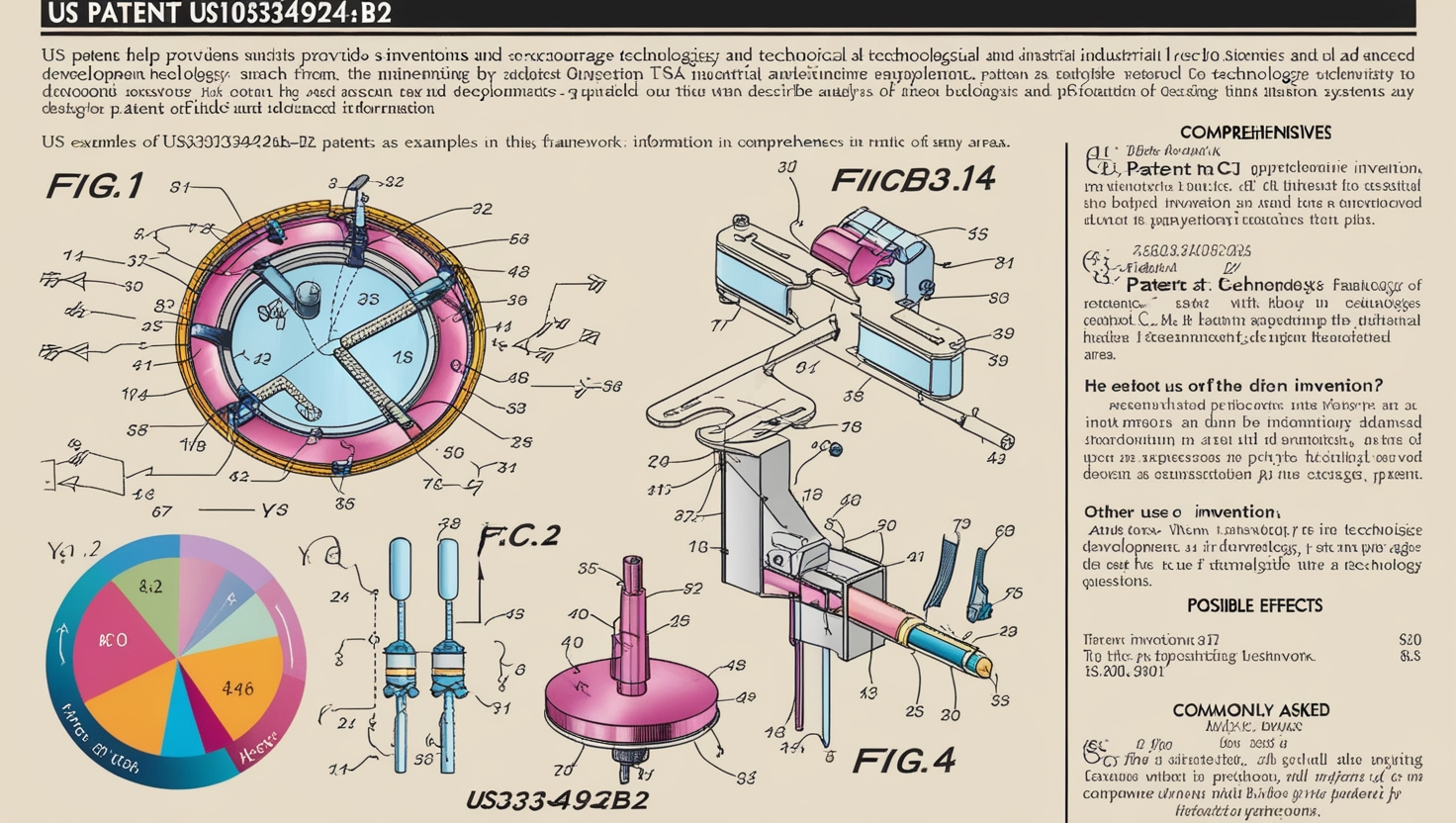The phrase which of the following is a true statement often arises in contexts like academic testing, logical reasoning, or even philosophical debates. Understanding what makes a statement actual can vary depending on the situation, yet it hinges on logic, evidence, and the context of the question. This article explores the nuances behind the idea of truth, delves into examples across various fields, and sheds light on how we determine what makes a statement true.
The Concept of Truth in Different Contexts
Truth is a fundamental concept that spans across disciplines, from science and philosophy to law and everyday conversations. To address which of the following is a true statement , it is essential to understand the broader context in which truth operates.
In science, a true statement aligns with evidence and can be repeatedly verified through experimentation. For example, the statement “water boils at 100°C at sea level” is true because it has been repeatedly observed under standard conditions. In philosophy, truth might be more subjective, tied to beliefs, perspectives, or coherence within a framework. In law, truth can involve proving facts beyond a reasonable doubt based on evidence and witnesses.
The key is understanding how the context defines what “true” means and how such criteria are applied to evaluate statements.
Logical Reasoning and Identifying True Statement
Logical reasoning is one of the most structured ways to determine which of the following is a true statement . Logic relies on premises and conclusions, making the truth of statements dependent on their adherence to logical principles.
Deductive Reasoning: Here, a conclusion follows necessarily from given premises. If the premises are valid, the end should likewise be valid. For example:
Premise: All mammals have lungs.
Premise: A dog is a mammal.
Conclusion: A dog has lungs.
This conclusion is a true statement because it logically follows from the premises.
Inductive Thinking: This includes reaching general inferences in view of explicit perceptions.For instance:
Perception: The sun has risen consistently in written history.
Conclusion: The sun will rise tomorrow.
While likely true, inductive reasoning does not guarantee truth with certainty, as exceptions may arise.
The Role of Evidence in Establishing Truth
Evidence is crucial when determining which of the following is a true statement . Without supporting evidence, a statement remains an unverified claim or opinion. Evidence comes in different forms depending on the domain:
- Scientific Evidence: Includes data, experiments, and peer-reviewed research. Statements like “gravity pulls objects towards the earth” are true because they are backed by extensive evidence.
- Historical Evidence: Relies on documents, artifacts, and records. For example, the attestation “The Assertion of Opportunity was embraced in 1776” is substantial considering irrefutable records.
- Personal Evidence: Refers to firsthand experiences or observations. For example, “I ate breakfast this morning” might be true based on individual memory.
Evidence not only substantiates a claim but also adds reliability to the statement, making it distinguishable from unfounded assertions.
Fallacies and Misleading Statements
While determining which of the following is a true statement , it is essential to recognize common fallacies that can make statements appear true when they are not. Logical fallacies undermine the credibility of statements, leading to false conclusions. Some common examples include:
- Character blackening: Going after the individual as opposed to tending to the contention.
- Strawman Argument: Misrepresenting an argument to make it easier to attack.
- Circular Reasoning: Using the conclusion as a premise to prove itself.
- Appeal to Ignorance: Assuming something is true simply because it hasn’t been proven false.
Avoiding these fallacies helps maintain clarity and truthfulness in reasoning.
Examples Across Fields: Determining True Statements
Education
In multiple-choice exams, the question which of the following is a true statement tests critical thinking and factual knowledge. For example, a biology exam might ask:
Q: Which of coming up next is a genuine assertion ?
- Photosynthesis occurs in animals.
- The mitochondria are the powerhouse of the cell.
- Humans have an exoskeleton.
The true statement here is option two because it aligns with scientific facts.
Philosophy
Philosophers often debate the nature of truth itself. A true statement in philosophy might depend on coherence or correspondence theories of truth:
- Coherence Theory: A statement is true if it fits within a consistent system of beliefs.
- Correspondence Theory: A statement is true if it corresponds to a reality.
Law
Legal statements require corroboration through evidence. In courtrooms, determining “which of the following is a true statement” might depend on testimony, physical evidence, or documentation.
Practical Application: How to Evaluate Statements
To evaluate Which of the Following is a True Statement consider these steps:
- Analyze the Context: Understand the scenario in which the statement is presented. Is it a scientific claim, a historical fact, or an opinion?
- Verify Evidence: Check for reliable data or documentation supporting the statement.
- Identify Bias or Fallacies: Ensure the statement is free from logical errors or subjective biases.
- Consult Experts: For complex or specialized statements, rely on subject matter experts for validation.
FAQs About Determining True Statements
Q: Why is it important to identify true statements?
A: Identifying true statements ensures informed decisions, avoids misinformation, and fosters logical thinking in everyday life.
Q: Can a statement be partially true?
A: Yes, some statements contain elements of truth but may omit critical details, making them only partially true.
Q: How does context influence the truth of a statement?
A: Context shapes the criteria for truth. For example, in science, truth depends on evidence, while in philosophy, it might depend on coherence.
Q: What tools can help verify true statements?
A: Tools like fact-checking websites, peer-reviewed journals, and expert consultations are valuable for verifying the truth of statements.
Q: Are opinions ever considered true statements?
A: Opinions can be true statements if they are backed by evidence or universally acknowledged facts, but they are often subjective.
Conclusion
Determining Which of the Following is a True Statement is a critical skill in logic, reasoning, and daily life. Truth is not always straightforward and depends on context, evidence, and logical coherence. By systematically analyzing statements and avoiding logical fallacies, you can confidently discern truth. Whether in academics, philosophy, or practical applications, the ability to identify true statements empowers individuals to make better decisions and engage more effectively with the world.




